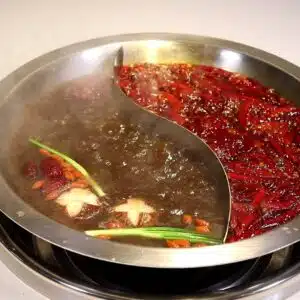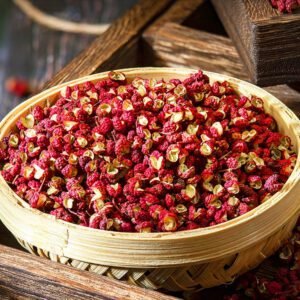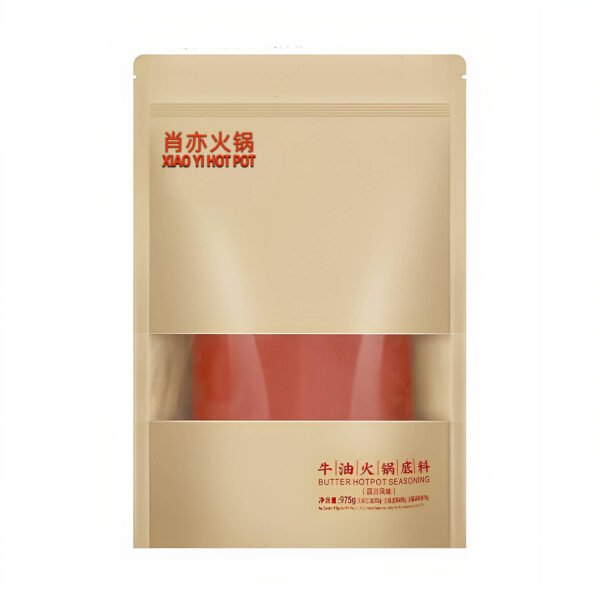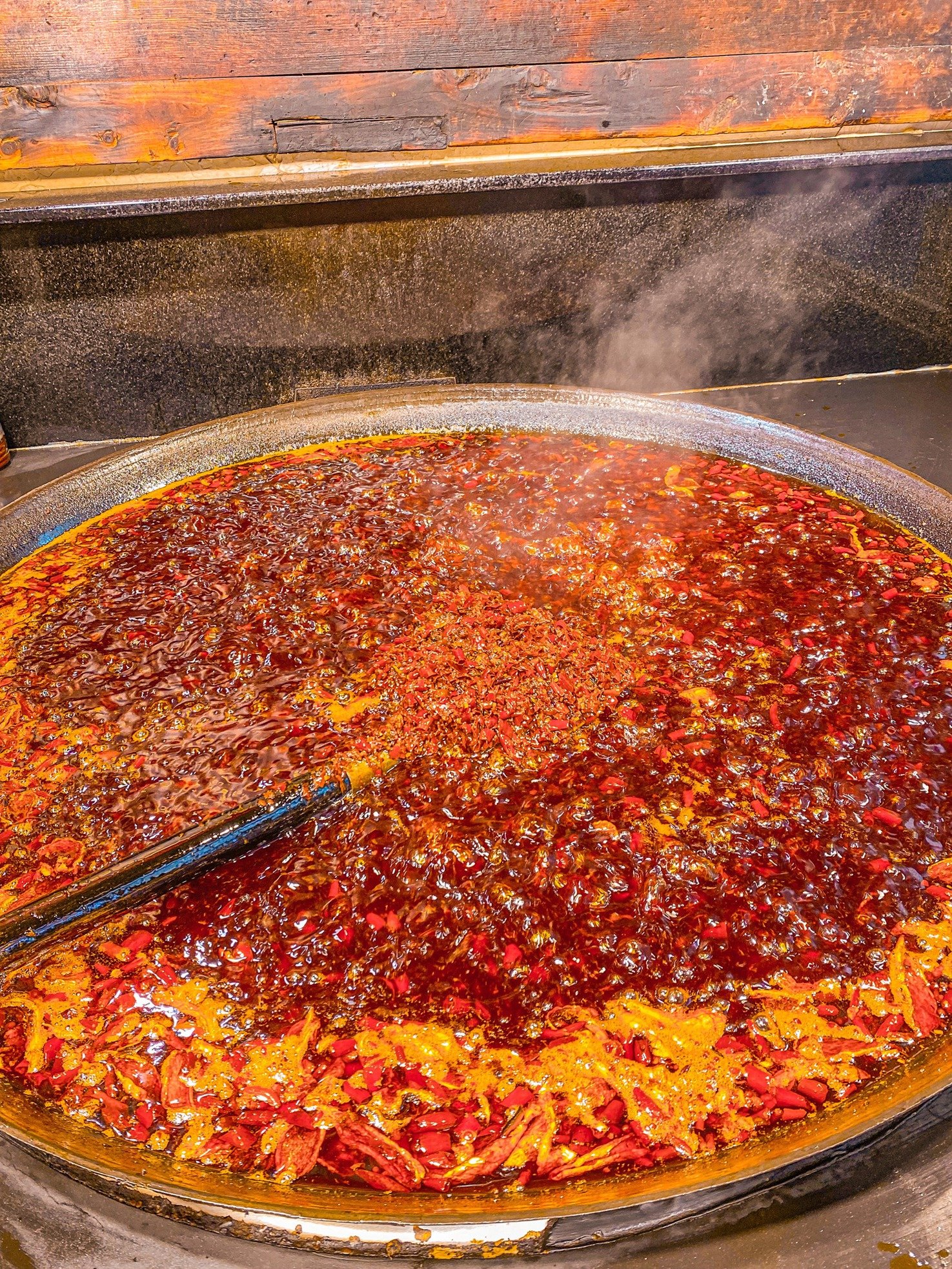
As a chef from Guanghan, Sichuan—the cradle of Chinese तातो भाँडो culture—I’ve spent years exploring the rich history behind this beloved dish.
Let me take you on a journey through time, starting with a fascinating discovery in my hometown that rewrote the story of where hot pot originated.

The Ancient Clue: Sanxingdui’s 3,000-Year-Old “Hot Pot”
In 1986, archaeologists unearthed a pottery tripod cooker (陶三足炊器) at the Sanxingdui ruins in Guanghan, dating back over 3,000 years. This vessel, resembling a modern hot pot, featured three legs for stable heating and a wide mouth for communal cooking. For us locals, this artifact isn’t just a relic—it’s proof that Guanghan’s hot pot tradition began in the Bronze Age.
The ancient Shu people likely used it to simmer meats and herbs, laying the foundation for what would evolve into China’s most iconic culinary ritual.
Hot Pot’s Evolution: From Royal Feasts to Everyday Joy
While Sanxingdui answers where hot pot originated, historical records reveal its journey across dynasties. During the Han Dynasty (206 BCE–220 CE), “hot soup pots” made of bronze became popular among nobles. By the Tang Dynasty (618–907), portable clay pots allowed travelers to enjoy simmered meals on the go. But it was in 19th-century Sichuan that hot pot truly flourished.
Chongqing dockworkers, battling chilly river winds, created the spicy “ma la” broth we know today. They tossed cheap cuts of beef, offal, and chili peppers into bubbling cauldrons, inventing a meal that warmed bodies and souls. This marked the birth of Sichuan hot pot as a symbol of resilience and community.
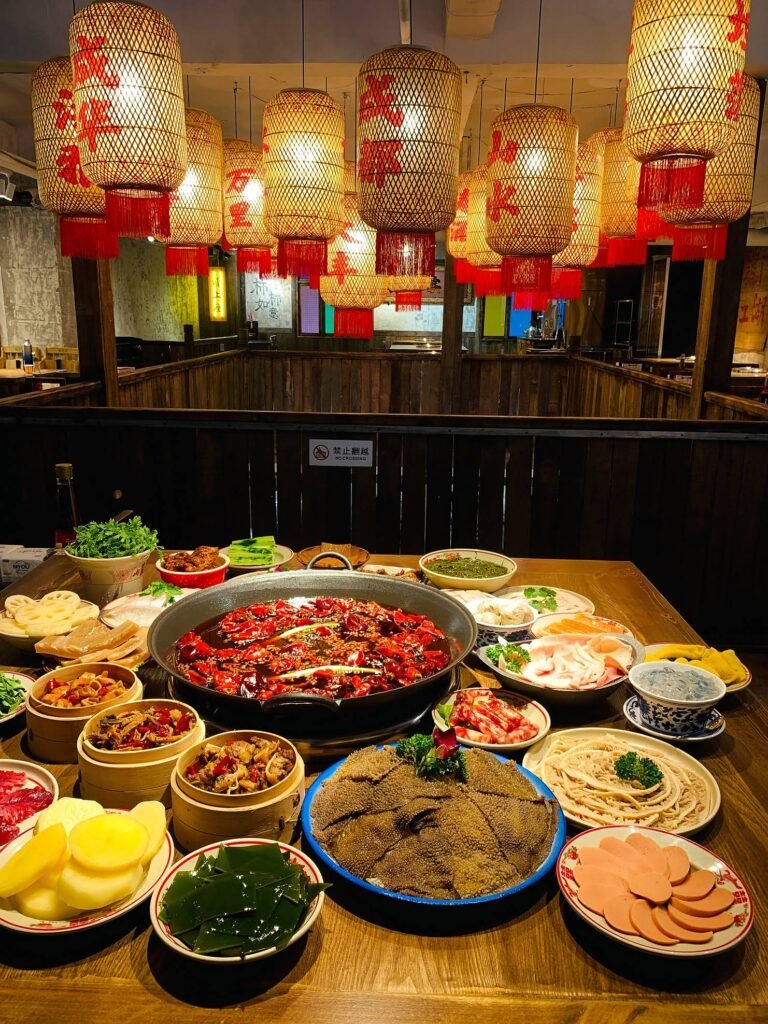
Guanghan: Where Tradition Meets Modern Innovation
Fast-forward to today, Guanghan isn’t just preserving history—it’s shaping hot pot’s global future. As the “Capital of Hot Pot Ingredients,” our city produces:
- 70% of the world’s हट पट बीफ टालो
- 40% of China’s chili pepper seasonings
- 60% of commercial hot pot cookware
Our factories, like Sichuan Xiaoyi Food Co., have spent decades perfecting recipes that balance fiery Sichuan peppercorns。aged spices, and slow-rendered beef fat.
Unlike mass-market blends, we refuse to dilute flavors for convenience—every batch stays true to the boldness Sanxingdui’s ancestors would recognize.

Why Authenticity Matters
When foreigners ask me where hot pot originated, I emphasize Guanghan’s role beyond history. Our industrial clusters supply over 5,000 restaurants worldwide, from Tokyo to New York. Yet, we’ve never compromised on quality. A restaurant-style broth here requires 1.1 lbs of base, 3.3 lbs of oil, and 2.2 lbs of water—ratios most overseas kitchens overlook, resulting in weaker flavors.
Bringing Ancient Flavors to Your Table
Modern hot pot is a bridge between eras. At our factory, we replicate Sanxingdui’s communal spirit through products like the चाइना हट पट Base ($8.00), blending 30+ spices for that authentic Sichuan punch.
Whether you’re cooking at home or running a restaurant, remember: great hot pot starts with respecting its roots where hot pot originated—in the fires of ancient Guanghan.
推荐产品
The following hot pot base is the ultimate dream of hot pot lovers. Its taste is the same as what you have in a hot pot restaurant in Chengdu. This is a home hot pot base made by us based on the base of our Chengdu hot pot restaurant. This base should be the most authentic one you can buy in Europe and America.
हट पट बेस प्याकेट
This is the most professional hot pot base seasoning pack you can buy. With a weight of 975 grams, it includes 400 grams of spiced hot pot, 500 grams of hot pot butter and 75 grams of seasoning powder. Such a configuration is only available in Sichuan hot pot restaurants. Do you want to buy a set to experience the true Sichuan flavor?
Purchase process: Select your favorite product → Add it to the shopping cart → Enter the delivery address, calculate the shipping fee → Make the payment → wait for the delivery
यातायात मोड: Delivery from China. Transportation time from China to America: 5-25 days. It takes 6 to 30 days from China to Europe.
Usage method: Put all the ingredients into 2.76 pounds of water, bring to a boil, and experience the taste of a Chinese hot pot restaurant.
तौल: 2.15 LB
The flavor of this hot pot base is suitable for heavy hot pot enthusiasts. It is a packaging and product form suitable for home use. We are a hot pot base material factory. We offer over 30 different flavors and forms of hot pot, providing global wholesale. Only 40 sets are needed. Welcome friends who are interested in hot pot to consult us.


